Professional Job Offer Letter Template for Employers
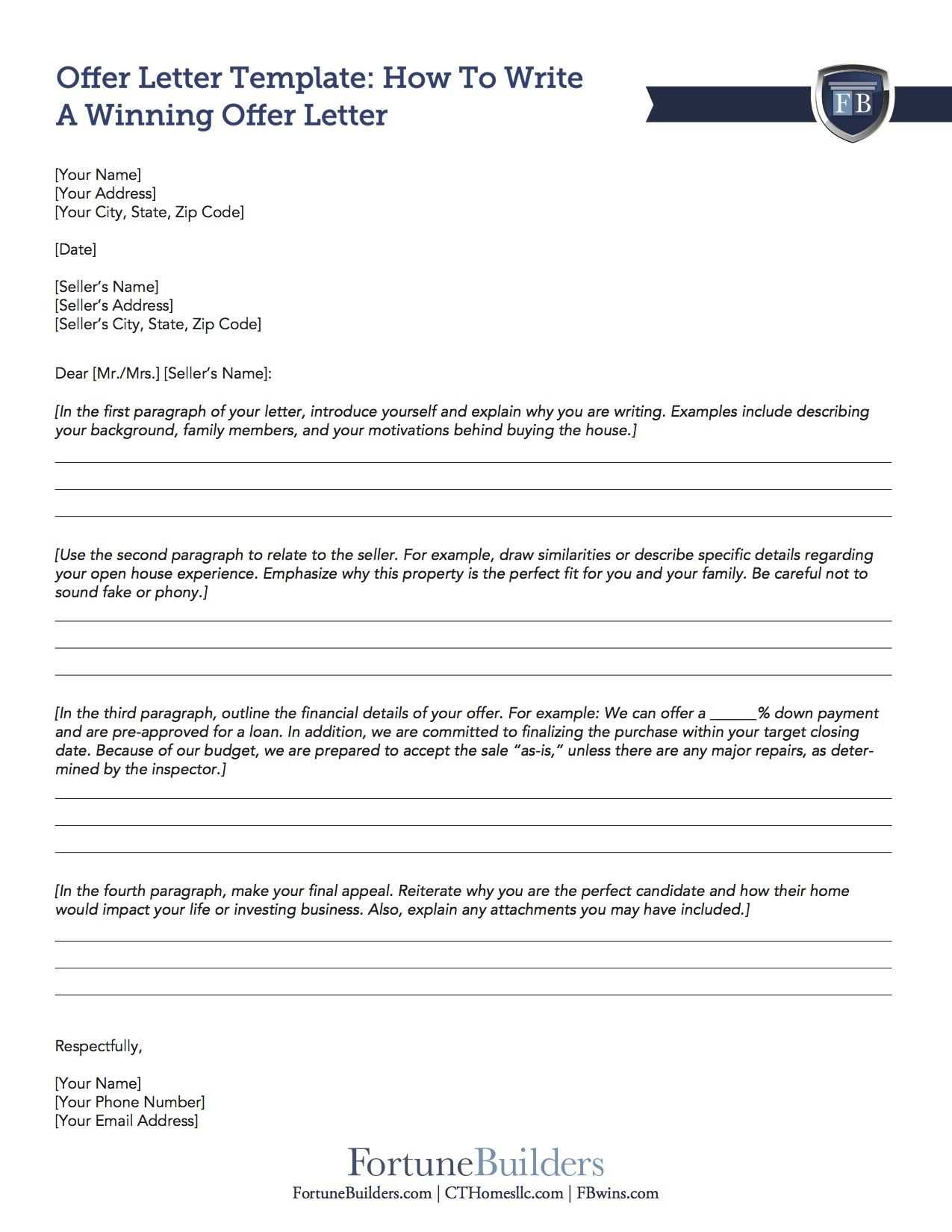
When offering a new position to a candidate, it’s crucial to communicate the terms clearly. A well-crafted document serves as a formal invitation and lays the foundation for a successful working relationship. This written agreement ensures both parties understand the expectations and obligations from the outset.
Key Elements to Include
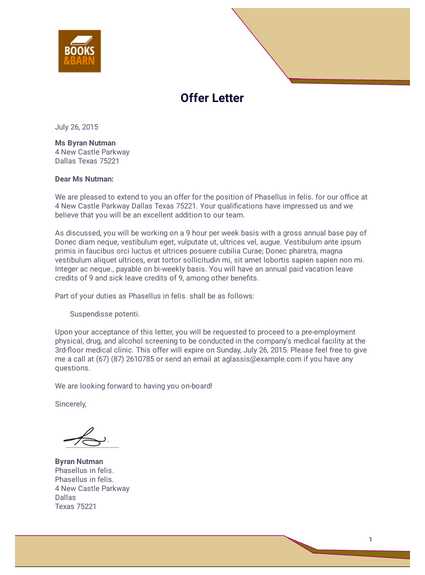
- Job Title and Role – Clearly state the position being offered.
- Compensation and Benefits – Include salary details, bonuses, and additional perks.
- Work Schedule – Outline hours, location, and any flexibility offered.
- Terms of Employment – Specify the start date, duration, and contract details if applicable.
- Responsibilities – Provide a concise overview of the expected tasks and duties.
Steps to Personalize the Document
Make sure to tailor the document to reflect the unique aspects of the role and your company’s values. Personalizing the content helps build rapport and shows your attention to detail.
Legal Aspects to Consider
It is important to ensure the document complies with labor laws and regulations. This may include clauses related to non-compete agreements, confidentiality, and dispute resolution. Always consult with legal experts to verify the compliance of the terms.
Common Pitfalls to Avoid
- Unclear language – Avoid ambiguity or jargon that may confuse the recipient.
- Missing details – Ensure all key aspects are covered to prevent misunderstandings later.
- Overly complex terms – Keep the language simple and straightforward.
By following these guidelines, you can craft an inviting and clear employment proposal that fosters a positive and professional relationship with your new team member.
What is an Employment Proposal Document
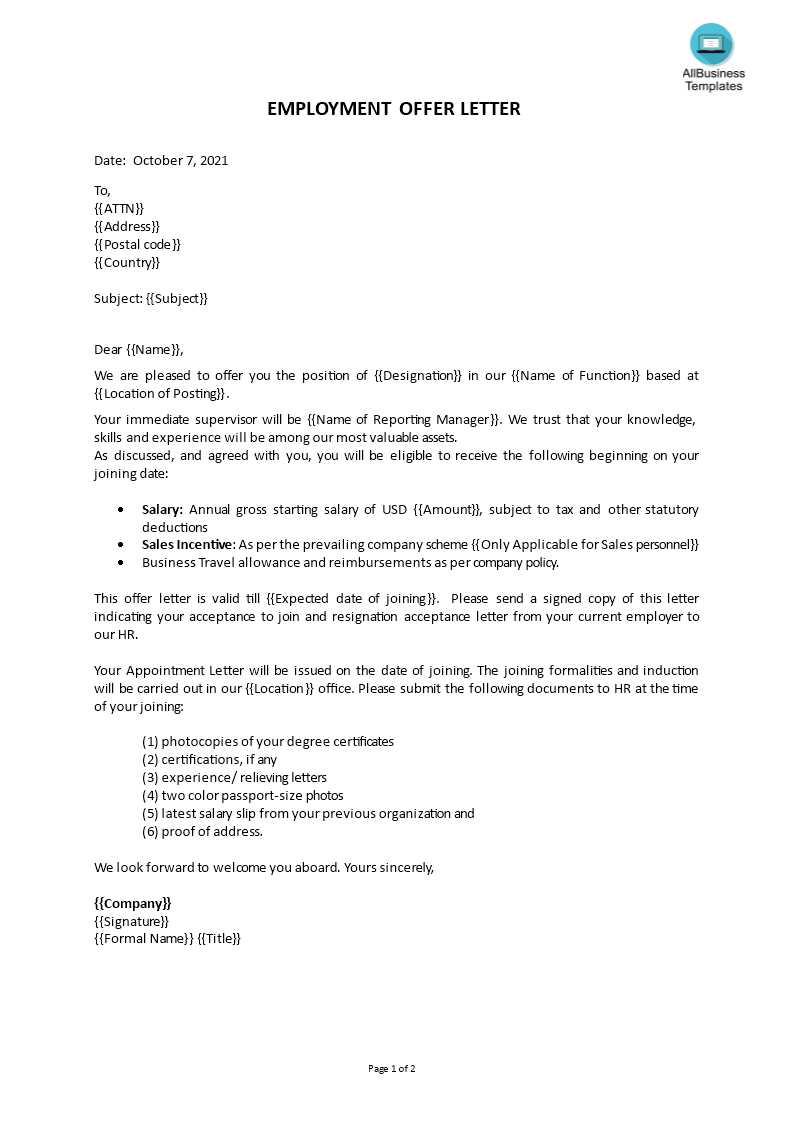
An employment proposal is a formal communication that outlines the key details of a new role within a company. It sets the foundation for a professional relationship by specifying the terms and conditions under which an individual is invited to join an organization.
Essential Components of the Document
This document typically includes several critical elements to ensure both parties are aligned. The most important aspects are:
- Position and Responsibilities – Clarifies the title and primary duties expected from the individual.
- Compensation Package – Covers the salary, bonuses, and any other financial benefits.
- Employment Terms – Defines the starting date, contract length, and any conditions related to the role.
- Work Schedule – States the working hours, location, and expectations regarding remote work or flexibility.
How to Customize the Document
Tailoring this document to suit the specific position and the culture of the organization is essential. This can be done by highlighting unique aspects of the role and emphasizing the company’s values and working environment.
Tips for Clear and Effective Communication
Use simple and direct language to avoid confusion. Focus on the clarity of key terms and be precise with the expectations set for the new hire. A concise and straightforward document fosters understanding and ensures both parties are on the same page.
Legal Considerations
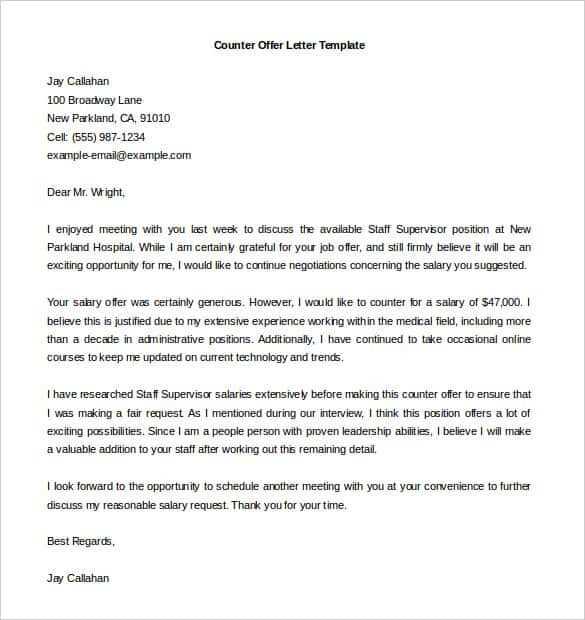
Ensure that the terms outlined in the document comply with relevant employment laws and industry regulations. This may include clauses on confidentiality, intellectual property, and dispute resolution, which should be clearly stated and understood by both parties.
Common Pitfalls to Avoid
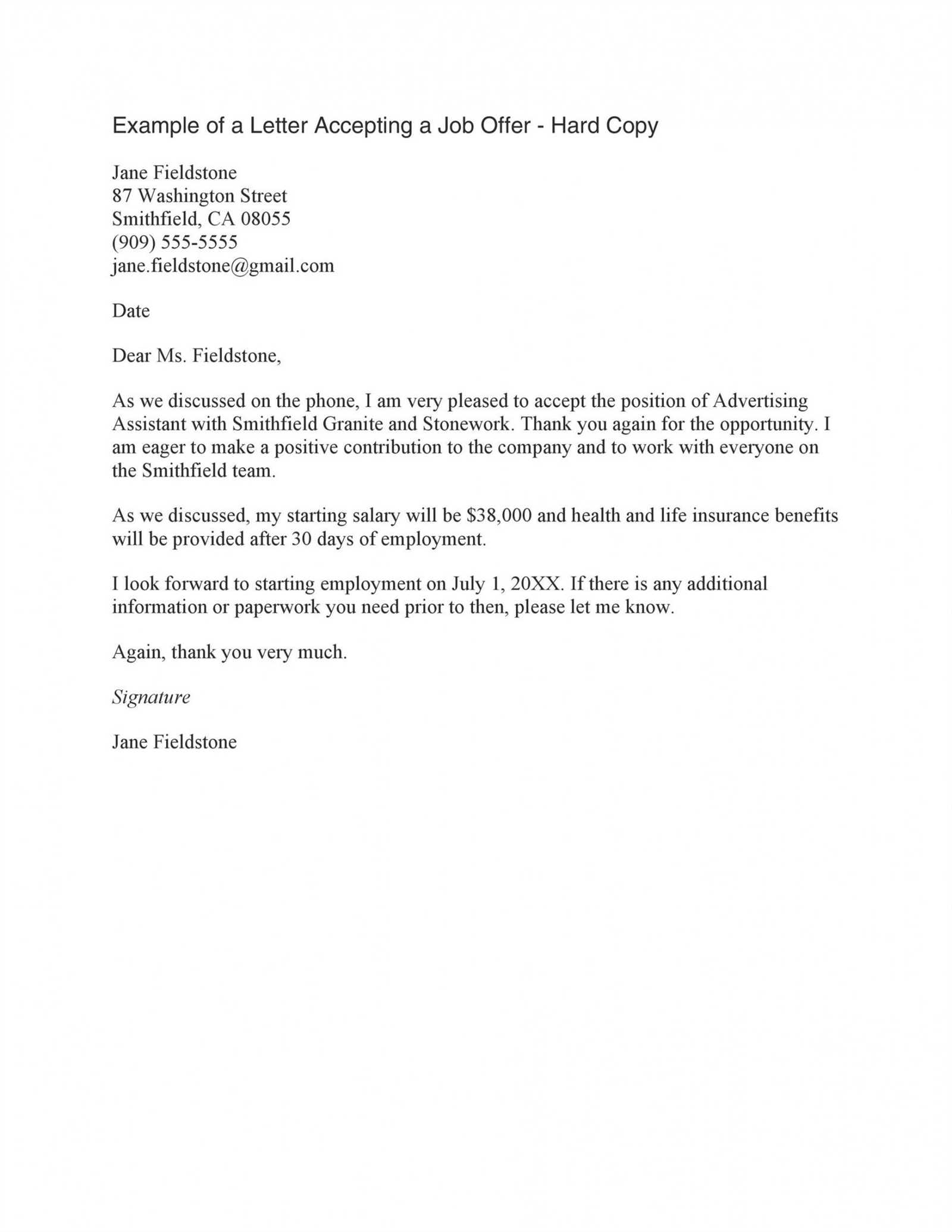
- Ambiguous Language – Ensure all terms are clear and understandable to avoid any misinterpretation.
- Omitting Key Information – Ensure all critical elements, like compensation and work conditions, are properly addressed.
- Overly Complicated Terms – Keep the language simple and easy to follow to avoid confusion.
By following these principles, you can create an effective and clear employment proposal that helps both parties establish a solid foundation for a successful working relationship.